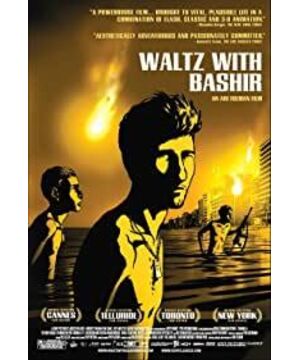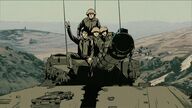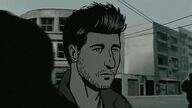· Deconstructed the Holocaust with the structure of a detective film.
· The last recorded image of the film is the conversion of the entire film. On the narrative level, this is the completion of the protagonist's recall of his own memory. Interestingly, the question that the author asks throughout the retrospective process - "what happened?", what he wants to find is a kind of spectacle truth. As a part of the historical events at that time, the role of the "author" knows the macroscopic and political motives of the whole event, but this has no precise meaning to him personally, and the lack of apparent reality prevents the experience from returning to the individual. The "author" needs to personalize the experience to resolve his confusion. What does this confusion represent? Does he want to accomplish self-redemption through this affirmative activity? Why was this experience so important to him? That is, why does he need to confirm himself with this experience? Why do people need to identify themselves through experiences with outstanding uniqueness? This uniqueness is not unique in a social or political sense, otherwise the "author" would not have to go back to the real landscape. (Location of war, nation, history, and life.)
· The author imposes an individual perspective on the audience through the structure of the detective film, so that the retrospect of individual experience becomes a retrospect of some collective experience, and the confirmation of individual experience becomes the confirmation of the event itself.
· As far as this film is concerned, the form of animation enables a more efficient narrative to be completed (due to the limitations of its own materials, it should be extremely difficult to use other forms to present it), combined with the entire narrative structure, the final real image can also reach the breaking point. effect (is it stronger?).
View more about Waltz with Bashir reviews







